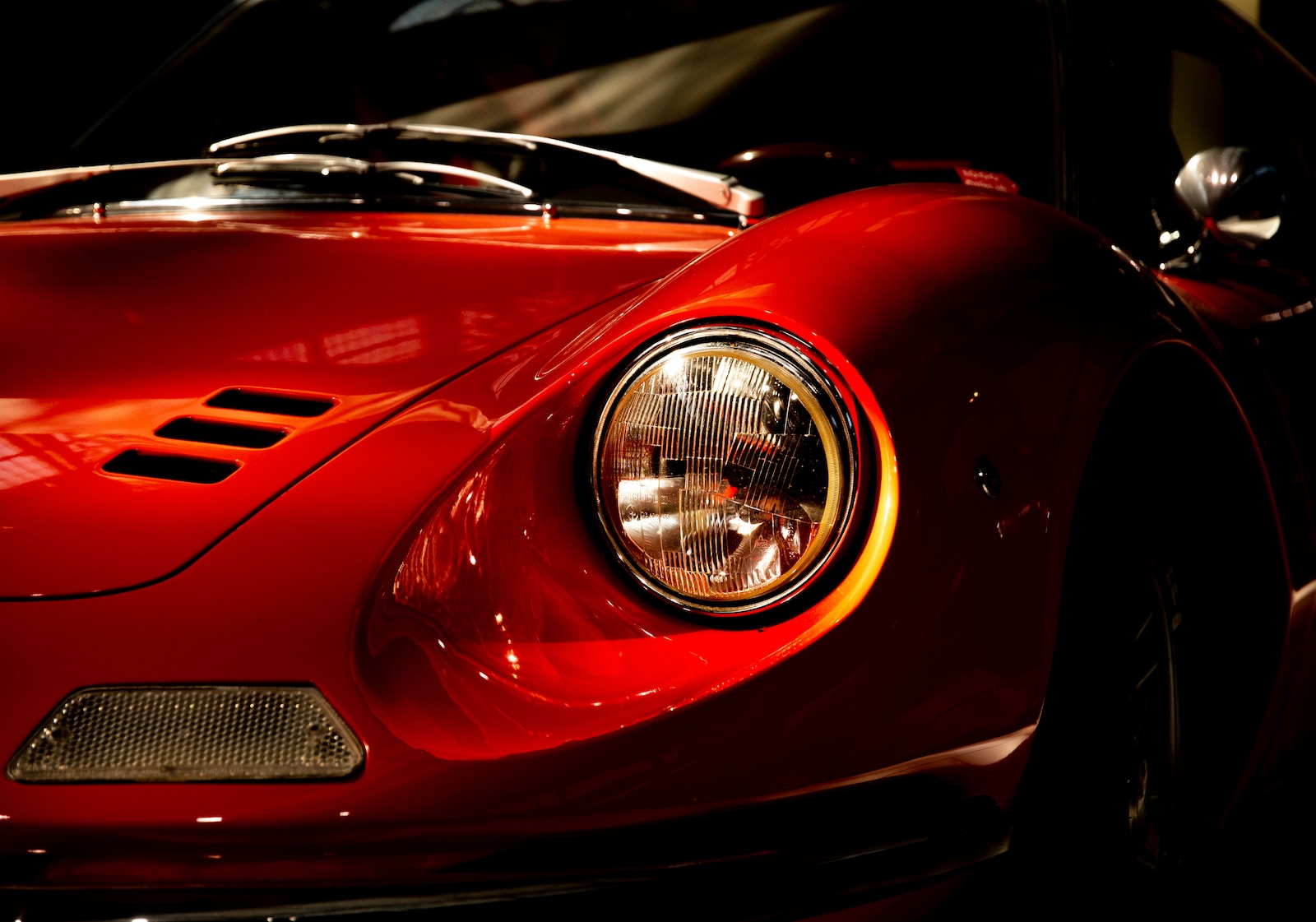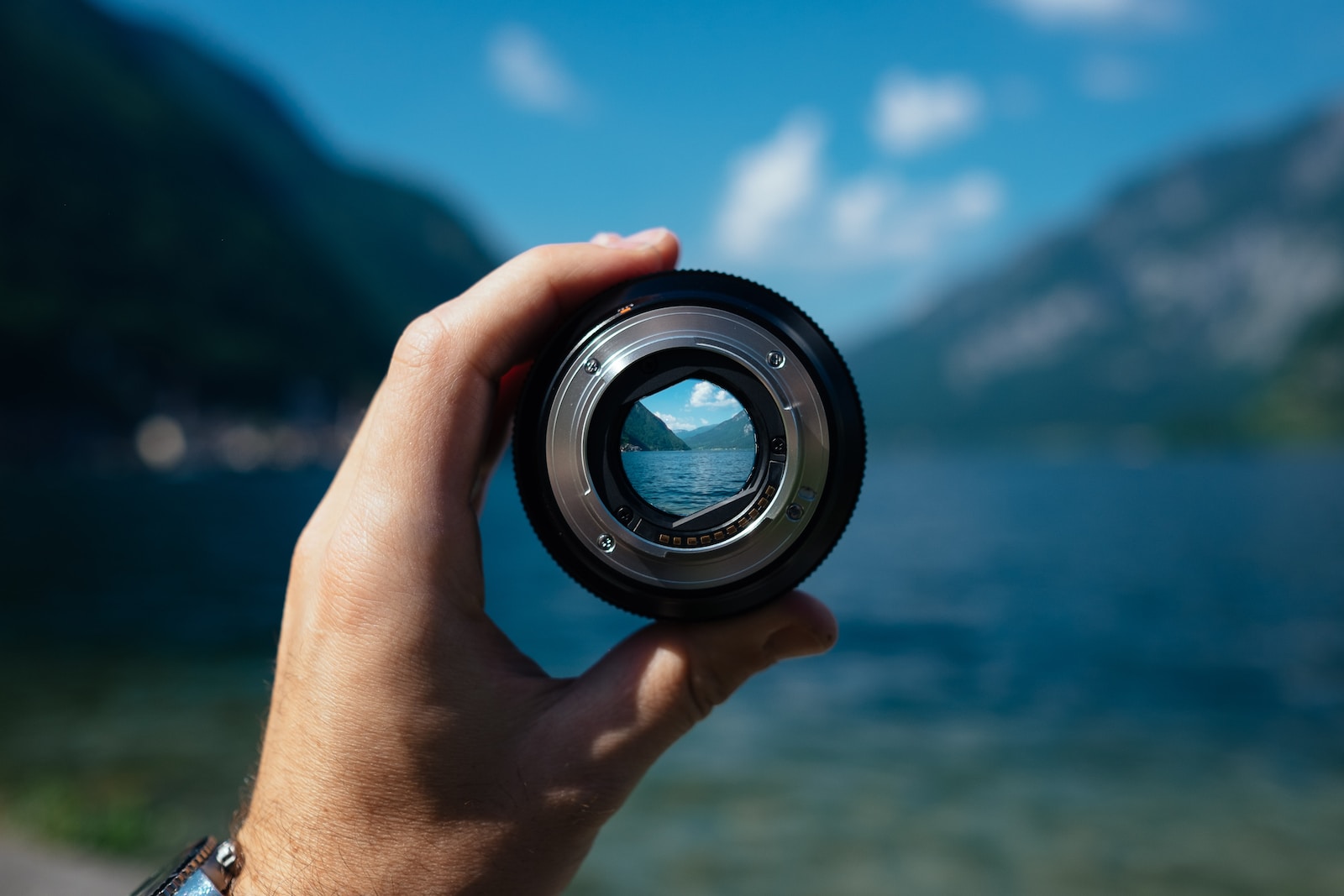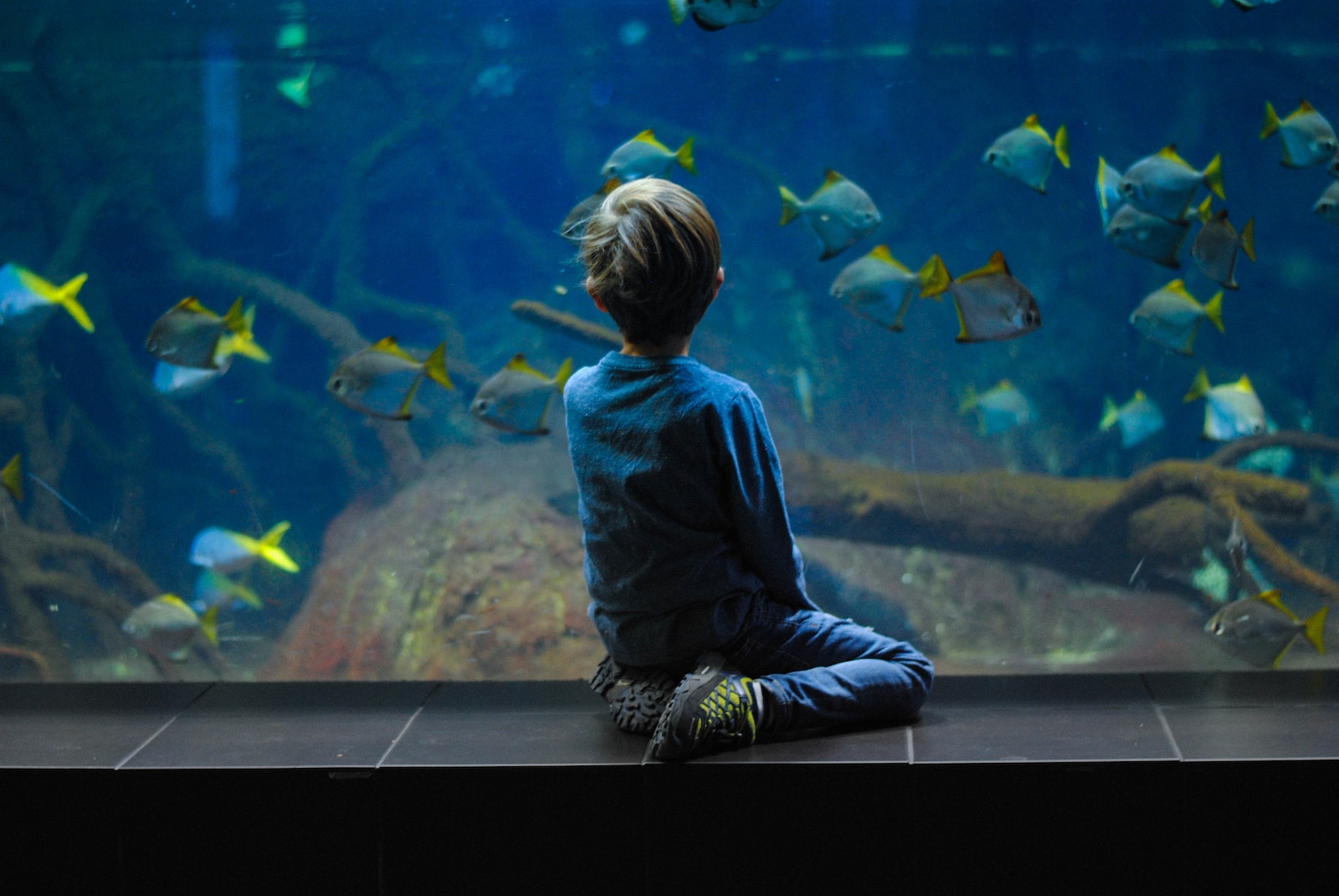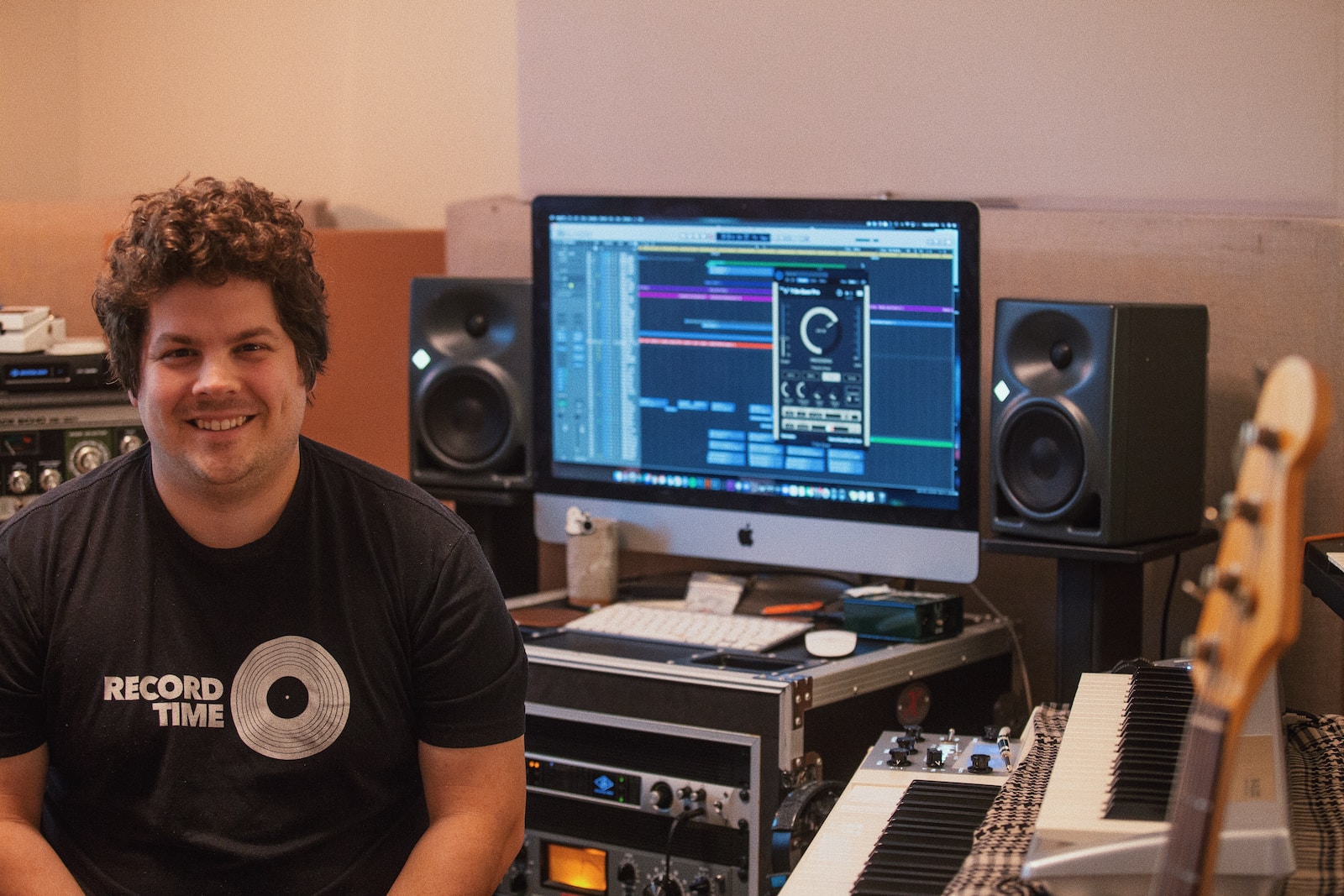Welcome to “Drive By Shooting: A Crash Course in Car Photography”! If you’re passionate about cars and photography, you’ve come to the right place. In this blog, we will share expert tips and tricks for capturing stunning car photos. Whether you’re a seasoned photographer or just starting out, our in-depth guidance will help you master the art of photographing automobiles. Get ready to unleash your creativity and take your car photography skills to the next level!
Table of Contents
- Discover the Beauty of the Automobile
- Choosing the Right Camera
- Choosing the Perfect Season for Car Photography
- Frequently Asked Questions
- 1. What equipment do I need for car photography?
- 2. How can I make my car photos stand out?
- 3. What are some tips for photographing moving cars?
- 4. How can I avoid reflections and glare on car surfaces?
- 5. Are there any legal considerations when photographing cars?
- 6. How can I edit and enhance my car photos?
- 7. Can you recommend any car photography resources or communities?
- Wrap Up
Discover the Beauty of the Automobile
When it comes to photography, few subjects are as captivating as automobiles. These mechanical marvels offer a wide range of features that can be highlighted through your lens, resulting in stunning and unforgettable images. In this section, we will explore some of the most interesting features of cars that make them a perfect subject for photography, as well as provide you with expert tips to capture their essence.
Embrace the Sleek Lines and Curves
One of the most distinctive aspects of cars is their elegant and aerodynamic design. From the smooth curves to the sharp lines, each vehicle possesses a unique shape that can create a sense of dynamic energy in your photographs. To capture these features effectively, utilize different angles and perspectives. Experiment with shooting from a low angle to emphasize the length of the car or try capturing reflections of the car on a reflective surface, such as a body of water or a shiny pavement.
Additionally, utilizing leading lines can add a sense of movement and direction to your photographs. Look for elements within the environment, such as roads or architectural structures, that can guide the viewer’s eye towards the car. This technique can enhance the overall composition, making your image more visually compelling.
Focus on the Details: Chrome, Wheels, and More
While capturing the entire car can be visually pleasing, zooming in on specific details can create a more intimate and captivating image. Pay attention to the intricate design elements, such as chrome accents, unique wheel patterns, or personalized license plates. These small details can provide a glimpse into the car owner’s personality and style.
To photograph these captivating details effectively, make use of a macro lens or close-up filters. Ensure that your focus is precise and showcase the fine textures and reflections. Experiment with different depths of field to achieve a desired effect, blurring the background while keeping the detail in sharp focus.
Furthermore, try incorporating natural light to highlight the intricate details. Early morning or late afternoon, when the sunlight is softer, can create a warm and dramatic atmosphere in your photographs. Make use of shadows and highlights to add depth and dimension to your images.
By incorporating these techniques into your car photography, you can capture the essence and allure of automobiles in a visually stunning way. Embrace the sleek lines, focus on captivating details, and experiment with angles and light to create striking compositions that will leave a lasting impression.
Did you know that the fastest car in the world, the Bugatti Chiron Sport, can reach speeds up to 304 miles per hour? Capturing this powerful beast in a photograph requires skill and knowledge. Learn essential tips and tricks to create jaw-dropping car photos that truly depict their beauty and speed.
Choosing the Right Camera
When it comes to car photography, having a high-quality camera is essential to capture the intricate details of those sleek machines. A camera with a high resolution and good low-light performance will ensure your car photos stand out from the crowd.
One option worth considering is a digital single-lens reflex (DSLR) camera. These cameras offer exceptional image quality and allow for interchangeability of lenses. Another popular choice is a mirrorless camera, which combines the image quality of a DSLR with a more compact size.
Selecting the Perfect Lenses
In addition to a great camera body, having the right lenses can make a significant difference in your car photography. Here are a few options that photographers often find useful:
1. Wide-angle lens: Wide-angle lenses, typically with a focal length of 24mm to 35mm, allow you to capture the entire car in a single shot. They work well for showcasing the overall design and lines of the vehicle.
2. Telephoto lens: A telephoto lens, with a focal length of 70mm to 200mm or longer, is ideal for capturing close-up shots of specific details, such as the sleek curves or intricate badges on a car.
3. Macro lens: If you want to emphasize the small details, like the texture of the leather seats or the intricacies of the dashboard, a macro lens will be your go-to option. These lenses excel at capturing extreme close-ups with stunning clarity.
4. Prime lens: Prime lenses, with a fixed focal length, are loved for their sharpness and low-light capabilities. A 50mm prime lens, for example, is a versatile option that can capture both wide-angle and detailed shots.
It’s important to note that the best lens for car photography can vary depending on the specific effect you want to achieve. Experimenting with different lenses will allow you to develop your own style and find the perfect combination for each situation.
Ultimately, the choice of camera and lenses will depend on your personal preferences and budget. It’s always a good idea to try out different options before committing to a purchase, and consider renting equipment for special projects or events.
Remember, the gear is just a tool, and the real key to stunning car photography lies in your creative eye and technical skills. master the art of composition, lighting, and capturing the essence of the automobile, and you’ll be well on your way to capturing captivating images that truly stand out.
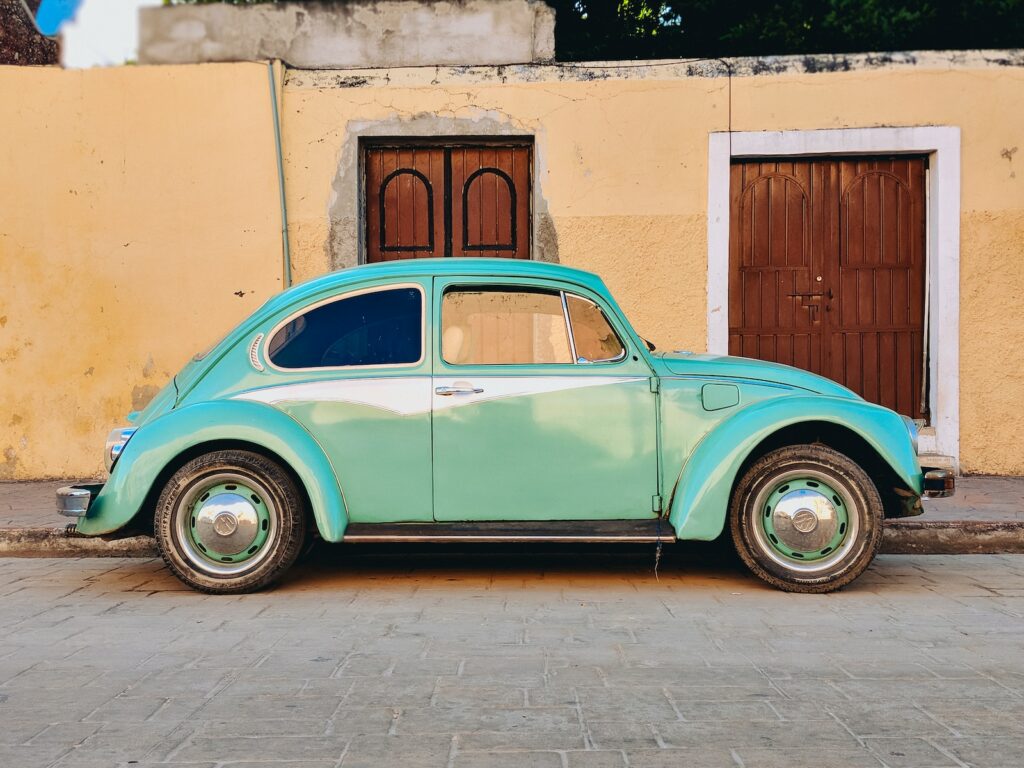
Choosing the Perfect Season for Car Photography
When it comes to capturing stunning car photos, the time of year can make a significant difference. Each season offers its own unique atmosphere and lighting conditions, giving you various opportunities to create visually appealing images. Let’s explore the best times throughout the year for car photography.
During spring, nature is in full bloom, providing a beautiful backdrop for your car shots. The vibrant colors of freshly blossomed flowers and the greenery around can amplify the visual impact of your photographs. Furthermore, the soft sunlight during this season helps in reducing harsh shadows, resulting in more balanced and evenly lit images.
Summer is another fantastic season for car photography, thanks to longer daylight hours. The abundance of sunlight allows you to experiment with different angles, compositions, and lighting techniques. Moreover, the clear blue skies add a dynamic and refreshing element to your photos, enhancing the overall mood and appeal.
Autumn, with its warm tones and falling leaves, introduces a charming ambiance to car photography. The rich, earthy colors and unique textures can add depth and character to your pictures. Additionally, the golden hour during this season casts a warm and magical glow on your subject, creating a truly captivating image.
As winter rolls in, it brings a whole new set of opportunities for car photography. The crisp and cold air can add a sense of drama and intensity to your shots. The pure-white snow acts as a natural reflector, bouncing light onto your subject and creating a soft, diffused lighting effect. Misty mornings and frost-covered landscapes also offer a chance to capture dreamy and ethereal car photos.
Finding the Best Vantage Points and Positions
Now that we know which seasons can enhance our car photography, let’s discuss the importance of choosing the right vantage points and positions to capture stunning shots.
One excellent vantage point for car photography is shooting from a low angle. By crouching down or even lying on the ground, you can create a sense of power and dominance, making the car appear larger and more imposing. This perspective also allows you to capture the car against the sky or a beautiful, reflective surface, adding depth and interest to the composition.
Another great option is capturing the car from an elevated position. This can be achieved by finding a high point, such as a hill or parking structure. Shooting from above provides a unique and dynamic viewpoint, allowing you to showcase the car in its surroundings. It also offers an opportunity to capture the car in motion, driving through city streets or along winding roads.
Positioning the car within its environment is crucial to convey a specific mood or story. Placing the car in a picturesque landscape, such as a coastal road or a scenic countryside, can evoke a sense of adventure and freedom. On the other hand, positioning the car in an urban setting, amidst towering buildings or busy streets, can create a more energetic and dynamic atmosphere.
Remember, creativity plays a vital role in finding the best vantage points and positions for your car photography. Explore different angles, experiment with perspectives, and use the environment to your advantage. With practice and patience, you’ll be able to capture breathtaking shots that truly showcase the beauty and personality of the automobile.
One helpful tip for capturing stunning car photos is to use a polarizing filter on your camera lens. This will help reduce glare and reflections, allowing the true colors of the car to shine through. Additionally, it will make the sky appear bluer, enhancing the overall composition of the shot. Try experimenting with different angles and lighting conditions to achieve the desired effect.
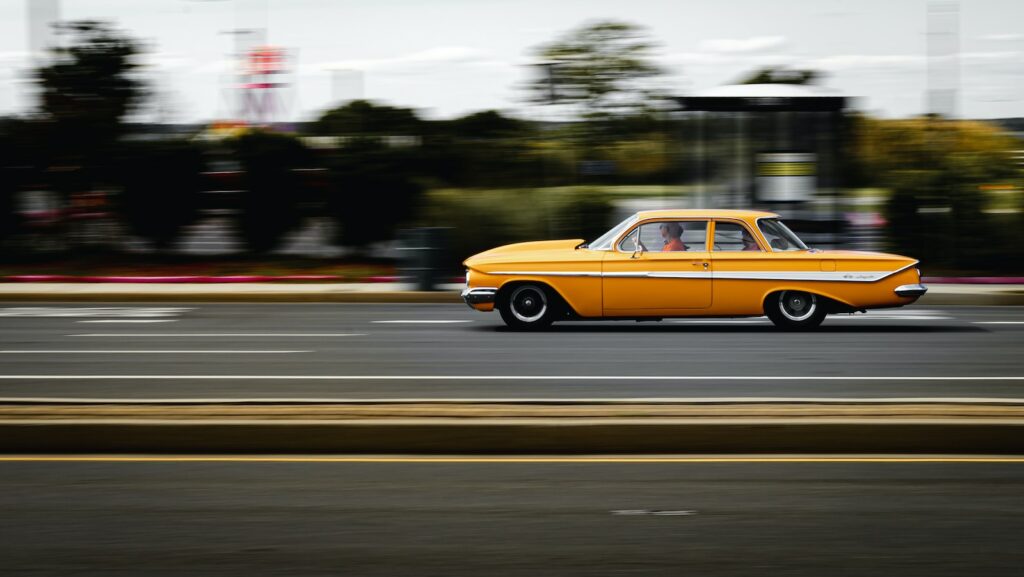
Frequently Asked Questions
1. What equipment do I need for car photography?
To capture stunning car photos, you’ll need a camera with manual controls, a wide-angle lens, a tripod for stability, and some basic editing software for post-processing.
2. How can I make my car photos stand out?
To make your car photos pop, try shooting during the golden hour for beautiful lighting, experiment with different angles and perspectives, use reflections creatively, and pay attention to details and composition.
3. What are some tips for photographing moving cars?
When capturing moving cars, use a fast shutter speed to freeze the action, position yourself at a safe distance, and try panning with the car to create a sense of speed and motion in the image.
4. How can I avoid reflections and glare on car surfaces?
To minimize reflections and glare on car surfaces, choose shooting locations with diffused lighting, use a polarizing filter, position yourself strategically to avoid reflections, and consider using a black cloth or flags to block unwanted reflections.
5. Are there any legal considerations when photographing cars?
While generally allowed, it’s essential to respect the privacy and property rights of others when photographing cars in public spaces. Make sure to familiarize yourself with local laws and regulations regarding photography.
6. How can I edit and enhance my car photos?
During editing, adjust the exposure, contrast, and color balance to enhance the car’s appearance. Pay attention to the highlights and shadows, and use selective editing techniques to make specific elements stand out.
7. Can you recommend any car photography resources or communities?
Yes! You can join online photography communities, such as car photography groups on social media platforms or forums, where you can share your work, seek feedback, and learn from fellow car photography enthusiasts.
Wrap Up
Now that you’ve learned the top tips for capturing stunning car photos, it’s time to hit the road and put your skills to the test. Remember to choose the right location, experiment with angles, utilize natural lighting, and pay attention to the details. With practice and patience, you’ll be able to create eye-catching images that truly showcase the beauty of automobiles.
If you have any questions or would like to share your own car photography experiences, feel free to leave a comment below. We would love to hear from you and see the incredible shots you’ve captured. Happy shooting!
